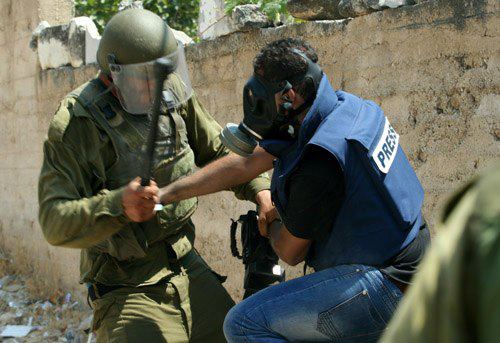Category: In the Media
-
Foreign Press Association demands investigation of incident in which soldiers beat journalists
By Emily Greenzweig 20 August 2012 | Haaretz The Foreign Press Association (FPA) is demanding an investigation of the incident in which soldiers beat journalists. The FPA contacted the Prime Minister’s Office and the Israeli army following the incident in which journalists were beaten with sticks. Minister of Public Diplomacy: Expresses doubt concerning journalists who…
-
From the children of Gaza: Samouni Street
20 August 2012 | Besieged Gaza, occupied Palestine From the children of Gaza comes this adorable animation depicting the story of 4 kids of the extended Samouni family in Gaza. By animated drawings they express what happened to them and their family during operation ‘Cast Lead’.
-
An Open Letter from Gaza to EU: Do not reward apartheid!
19 August 2012 | Besieged Gaza, occupied Palestine We call on the European Union to challenge and not embrace Israel’s incessant land expropriation and racist subjugation against the Palestinian people. The European Union’s own reports document and supposedly lament Israel’s apartheid policies, yet continues to pursue policies that legitimize them, such as the scandalous upgrade…

